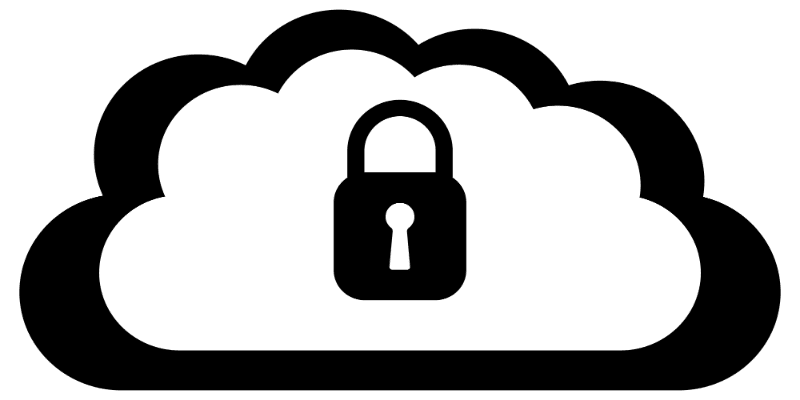What is Cloud Identity Management? How Does It Differ?


Cloud migration, cloud adoption, and digital transformation—which depending on the expert can be seen as variations on the same theme—have dominated enterprises’ dreams and cybersecurity professionals’ nightmares for the past few years. For the former, the benefits they offer are more than enticing for enterprises of all sizes and industries. Moving to the cloud can provide a theoretical infinite scalability to your enterprise’s IT environment, streamline business processes, consolidate your corporate assets, and ultimately improve your profit margin.
However, cloud migration isn’t a simple process, especially when it comes to maintaining proper cybersecurity protocols. Moving your enterprise’s assets and proprietary data to the cloud requires greater control over which employees can access those cloud resources. Furthermore, your IT security team needs to ensure that the users claiming to be your employees are in fact your employees. In short, your enterprise needs to implement a cloud identity management solution to your new digital environment.
But what does that mean? And how does it compare to legacy or traditional identity and access management? Here’s what you need to know:
What is Identity and Access Management?
It can be easy to assume that the answer to the question “what is identity and access management?” is “passwords.” The two do tend to be conflated, yet it is in fact so much more than that.
Identity and access management is one of the staples of a comprehensive cybersecurity platform—possibly the most important if some surveys are to be believed. At its core, identity and access management solutions define and manages the identities and access privileges of the users in your enterprise’s network. These solutions handle the circumstances in which users receive privileges…or are denied those privileges if security teams deem it necessary.
Identity and access management solutions handle onboarding—bringing an employee into the enterprise’s network for the first time—the management of their access lifecycle as they work in the enterprise, and offboarding—the opposite of onboarding. In other words, this component of cybersecurity grants the right permissions to the right users at the right time and makes sure that users are who they say they are via authentication (which can, indeed, involve passwords).
How Does Cloud Identity Management Differ?
In the modern business context, cloud identity management can be seen as the next step or next generation of identity and access management solutions. It can also be seen as a combination of Identity as a Service and Enterprise Mobility Management. Traditional or legacy identity and access management solutions are designed to handle logins and user activities in a centralized location, on enterprise/proprietary applications, and on known endpoints.
On the other hand, cloud identity management differs from the traditional model in that it is optimized for integration across devices, operating systems, applications, and resources. This is essential, as cloud migration will open access to endpoints outside of enterprise control and across locations.
Cloud identity management can manage user access to WiFi networks, connect cloud servers, and facilitates authentication. The latter is essential—it prevents outside threat actors from reaching your databases and (in a least privileges security model) it keeps insider threats at bay. Authentication protocols need to expand and scale as the IT environment scales, ensuring more security while balancing an ideal user experience.
In other words, cloud identity management can foster better identity coordination and reduce overhead—all significant benefits in a digitally transformed enterprise.
Other Components of Cloud Identity Management
Cloud identity management can leverage SAML-based authentication and multifactor authentication, but it can also help IT security teams manage the real challenges of decentralized user accounts. Access to cloud databases and assets need to be tightly monitored, especially during the onboarding and off-boarding processes. The solution can also track which users are accessing what and when, which is vital information not only for security but for regulatory compliance.
So is cloud identity management right for your enterprise? It can be hard to say. You need to figure out how your digital transformation has moved assets and processes off-site to cloud services, and how those cloud services are accessed now. Does your current identity and access management solution handle cloud storage? Or is it time for a switch? If the latter, it may be time to start evaluating your options—your employees, customers, and reputation are counting on you to secure them. Don’t let them down.




















